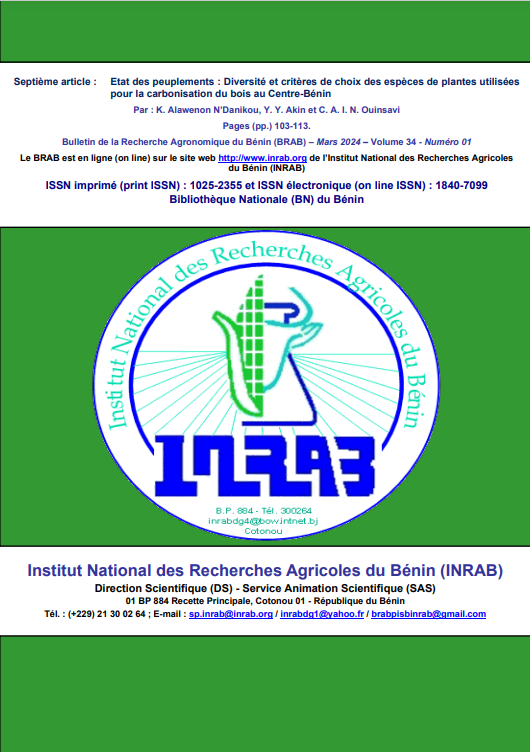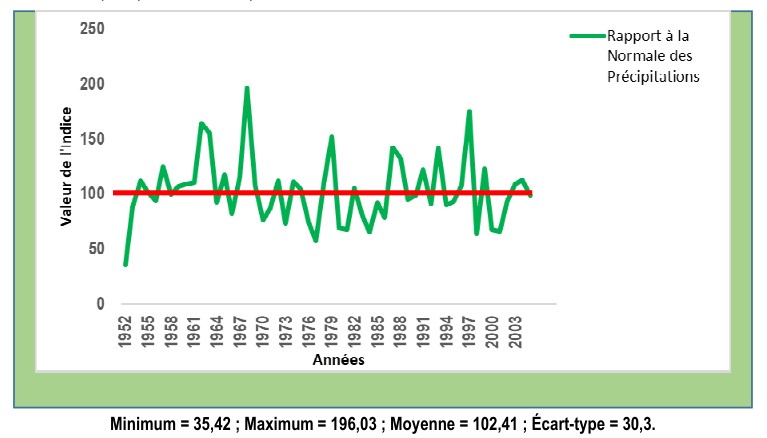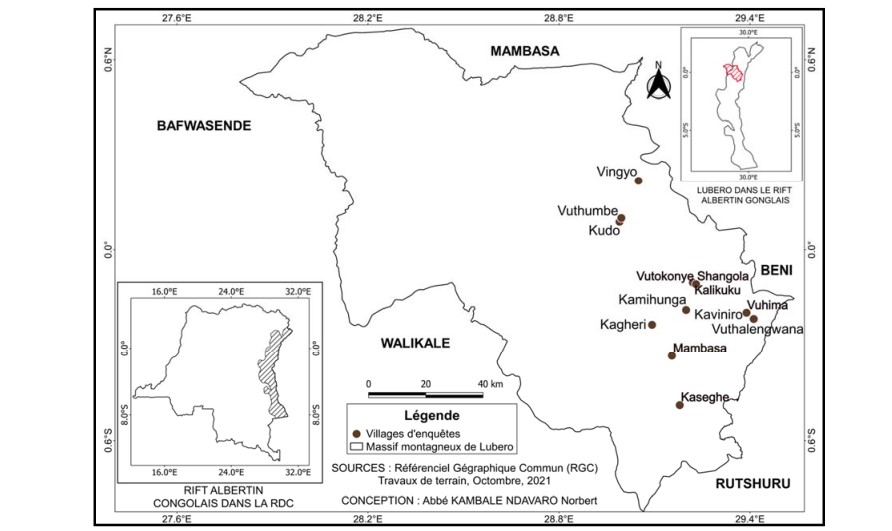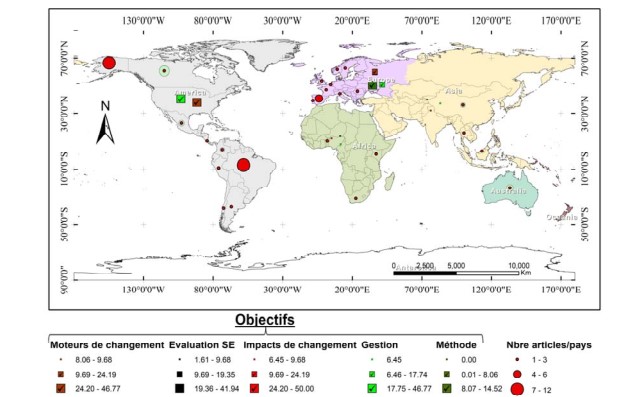Etat des peuplements : Diversité et critères de choix des espèces de plantes utilisées pour la carbonisation du bois au Centre-Bénin

La carbonisation, en tant que pratique répandue dans de nombreuses régions d’Afrique de l’Ouest, soulève des préoccupations majeures quant à la gestion durable des ressources naturelles, mettant en lumière des défis complexes liés aux choix d'espèces, à l'influence culturelle, et à l'impact environnemental de cette activité. Ainsi, l’objectif de l’étude, menée au sein de divers villages de la commune de Ouessè, était d'analyser les déterminants influençant les choix d'espèces dans la production et la commercialisation du charbon de bois. Par conséquent, une méthode de sélection en chaîne ("boule de neige") a été utilisée pour échantillonner 150 producteurs de charbon répondants dans cinq arrondissements de la commune de Ouessè. Des statistiques descriptives ont été utilisées, suivies de tests d'indépendance Chi-carré de Pearson ainsi que du test exact de Fisher. Ensuite, des Analyses de Correspondance Simple (AFC) ont été réalisées pour décrire les liens entre les critères de choix des espèces et la préférence pour ces espèces. Les résultats ont révélé une absence d'association significative avec le sexe des enquêtés (χ² = 6,89 ; ddl = 9 ; p = 0,648) et l'âge (χ² = 12,95 ; ddl = 18 ; p = 0,794), mais une forte corrélation a existé entre les choix d'espèces pour la production du charbon et le groupe socioculturel et sociolinguistique (χ² = 46,05 ; ddl = 27 ; p = 0,013). Les préférences varient entre les communautés, soulignant l'importance des facteurs culturels dans la sélection des espèces pour la carbonisation. L’étude offre une perspective multidimensionnelle sur les pratiques de carbonisation, mettant en évidence l'influence culturelle profonde sur les choix d'espèces. Ces résultats fournissent des bases cruciales afin d’orienter des politiques de gestion des ressources forestières plus durables, en tenant compte des spécificités culturelles et des réalités écologiques de chaque communauté.
Les articles publiés par le Bulletin de la Recherche Agronomique du Bénin sont en libre accès. Ils sont gratuits pour tout le monde, immédiatement téléchargeables dès la publication et distribués sous la licence CC BY-NC-ND (https://creativecommons.org/licenses/by-nc-nd/4.0/).











